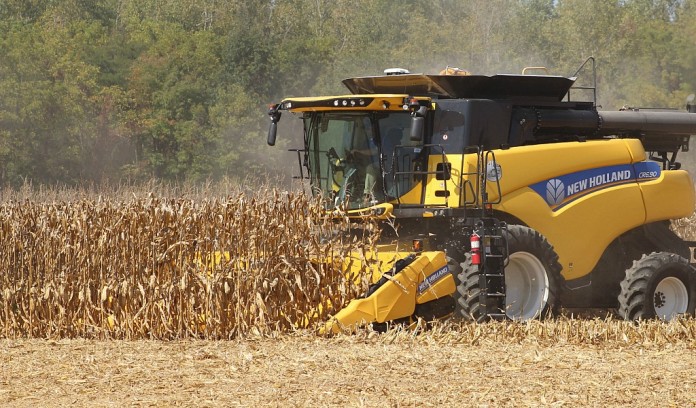WASHINGTON — The U.S. Department of Agriculture will make payments to many of the 1.7 million farms that enrolled in either the Agriculture Risk Coverage (ARC) or Price Loss Coverage (PLC) programs, beginning Oct. 4.
The safety-net payments, totaling more than $7 billion, are due to market downturns during the 2015 crop year, according to Agriculture Secretary Tom Vilsack.
“At USDA, we are standing strong behind them, tapping in to every resource that we have to help,” he added.
So far in 2016, this has included creating a one-time cost share program for cotton ginning; purchasing about $800 million in excess commodities to be redirected to food banks; making $11 million in payments to America’s dairy farmers through the Dairy Margin Protection Program; and reprogramming Farm Service Agency funds to expand credit options for farmers.
About the programs
Unlike the old direct payment program, which issued payments during both weak and strong market conditions, the 2014 farm bill authorized the ARC-PLC safety net to trigger and provide financial assistance only when decreases in revenues or crop prices, respectively, occur.
The ARC and PLC programs primarily allow producers to continue to produce for the market by making payments on a percentage of historical base production, limiting the impact on production decisions.
Nationwide, producers enrolled 96 percent of soybean base acres, 91 percent of corn base acres and 66 percent of wheat base acres in the ARC-County coverage option. Overall, 76 percent of participating farm base acres are enrolled in ARC-County, 23 percent in PLC and one percent in ARC-Individual.
Payments are made to producers who enrolled base acres of barley, corn, grain sorghum, lentils, oats, peanuts, dry peas, soybeans, wheat and canola.
For more information, producers are encouraged to visit their local Farm Service Agency office.










